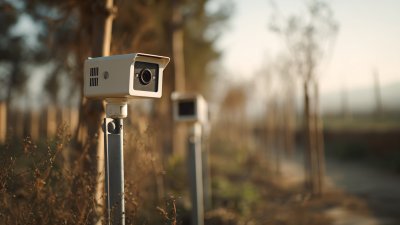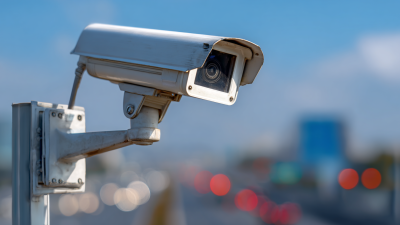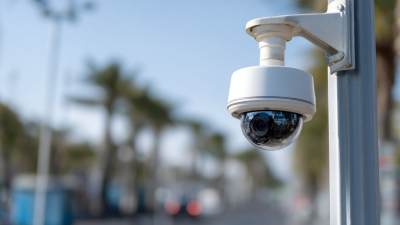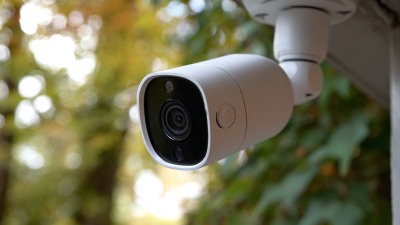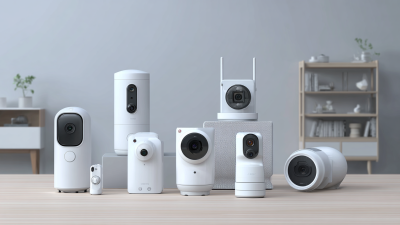
As the demand for enhanced home security solutions continues to rise, the adoption of innovative technologies is more critical than ever. According to a recent report by MarketsandMarkets, the global smart home security market is projected to reach $78.9 billion by 2025, reflecting an increasing emphasis on advanced surveillance systems. Central to this trend is the growing popularity of
Solar Wireless Cameras, which provide homeowners with a sustainable and flexible solution for securing their properties.
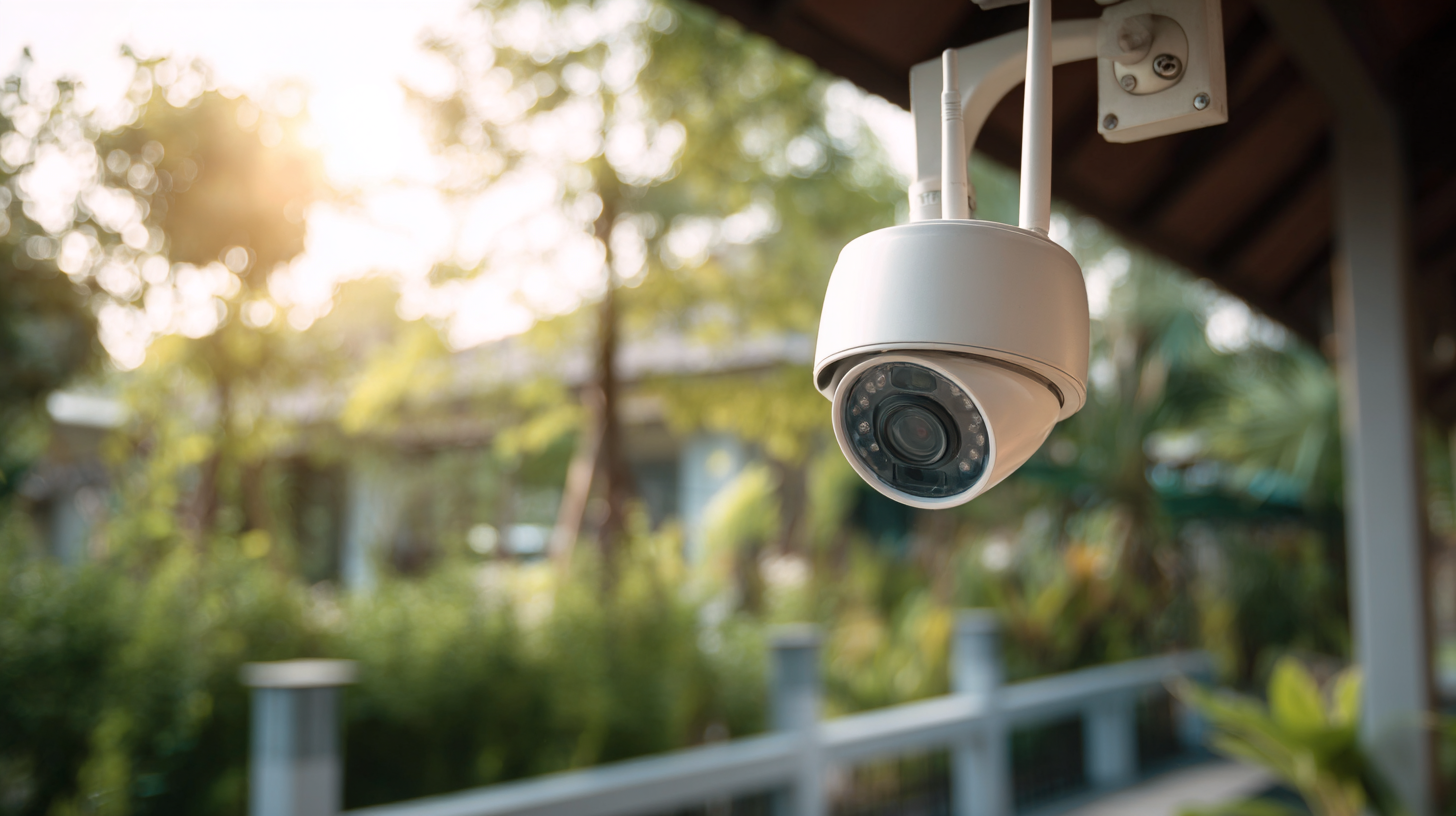 Utilizing solar energy, these cameras not only reduce reliance on traditional electricity but also ensure continuous operation, even in remote locations. A study conducted by Allied Market Research highlights that the demand for solar-powered security devices is expected to grow significantly, with a compound annual growth rate (CAGR) of 14.9% from 2019 to 2026. This shift indicates that homeowners are not only seeking security solutions that are effective and reliable but are also increasingly aware of environmental considerations.
Utilizing solar energy, these cameras not only reduce reliance on traditional electricity but also ensure continuous operation, even in remote locations. A study conducted by Allied Market Research highlights that the demand for solar-powered security devices is expected to grow significantly, with a compound annual growth rate (CAGR) of 14.9% from 2019 to 2026. This shift indicates that homeowners are not only seeking security solutions that are effective and reliable but are also increasingly aware of environmental considerations.
In this guide, we will explore the essential factors to consider when choosing the best Solar Wireless Cameras for your home security needs in 2025. From battery life and resolution quality to installation simplicity and integration with smart home systems, we will provide you with comprehensive insights to help you make an informed decision, ensuring your home remains safe and secure.
Solar wireless cameras are becoming increasingly popular for home security due to their unique advantages. One of the most significant benefits is their ability to operate independently from traditional power sources, making them ideal for remote or off-grid locations. With solar panels integrated into their design, these cameras harness sunlight to recharge their batteries, ensuring they remain operational without the hassle of electrical wiring. This feature not only simplifies installation but also reduces ongoing energy costs, making them an environmentally friendly choice.
Moreover, modern solar wireless cameras often come equipped with advanced technology, including high-definition video, night vision capabilities, and motion detection alerts. Many models also have smart features, allowing users to receive real-time notifications via mobile apps, enhancing the overall security experience. By offering robust performance without the need for subscriptions, these cameras can provide peace of mind while fitting seamlessly into a household budget. As technology advances, potential buyers are presented with a growing variety of options tailored to meet diverse security needs, making it easier than ever to find the perfect solution for home protection.
When selecting the best solar wireless cameras for your home security needs, certain key features should be prioritized to ensure maximum effectiveness. A recent report by MarketsandMarkets predicts that the home security camera market will reach $18 billion by 2025, highlighting the increasing importance of reliable surveillance systems. Among the essential features, image quality stands out. Opt for cameras with at least 1080p resolution, as higher pixel density ensures clearer images, particularly crucial for identifying faces or license plates.
Another vital aspect is the camera’s battery life and solar efficiency. According to the Security Industry Association, devices that can sustain at least 30 days of operation on a single solar charge are ideal for maintaining uninterrupted monitoring. Additionally, consider cameras with motion detection capabilities and two-way audio, as these features not only enhance security but also allow homeowners to interact with visitors remotely. Integrating these key elements can significantly bolster your home’s security infrastructure, providing peace of mind in an increasingly challenging environment.
| Feature | Description | Importance |
|---|---|---|
| Resolution | Higher resolution provides clearer images and better identification of faces. | Essential for detail capture in security incidents. |
| Battery Life | Long-lasting battery ensures continuous performance without frequent replacements. | Crucial for reliability in home security settings. |
| Night Vision | Infrared capability allows for monitoring in low-light conditions. | Very important for 24/7 surveillance. |
| Motion Detection | Alerts you when movement is detected, enhancing monitoring. | Key feature for active deterrence and immediate response. |
| Storage Options | Cloud vs. local storage choices impact how you store and retrieve footage. | Important for data retention and access. |
| Weather Resistance | Durability against rain, snow, and extreme temperatures ensures long-term outdoor performance. | Critical for outdoor installations. |
| Two-Way Audio | Allows communication with visitors or intruders via the camera. | Useful for interactive monitoring and deterrence. |
When selecting a solar wireless camera for home security, evaluating battery life and power efficiency is crucial. Solar-powered cameras offer the advantage of prolonged operation by harnessing energy from sunlight, which can significantly reduce the need for frequent recharging or battery replacements. However, not all solar cameras are created equal; their performance can vary widely based on the battery capacity, energy consumption, and the efficiency of the solar panel incorporated into the device.
Battery life is influenced not only by the capacity of the battery but also by factors such as the camera’s resolution, recording settings, and usage patterns. Cameras with higher resolutions or extensive features may deplete battery life more rapidly, making it essential to find a balance between video quality and power consumption. Additionally, consider the solar panel's efficiency in converting sunlight into usable energy. Some models come equipped with advanced technology that allows them to charge even in low-light conditions, ensuring consistent performance regardless of weather. By focusing on these aspects, homeowners can choose a reliable solar camera that meets their security needs while maximizing battery longevity and energy efficiency.
When selecting the best solar wireless cameras for home security, it's essential to compare popular brands and models to understand their unique features and advantages. Leading brands like Arlo, Ring, and Reolink have established themselves in the market, each offering a range of solar-powered camera options tailored for different needs.
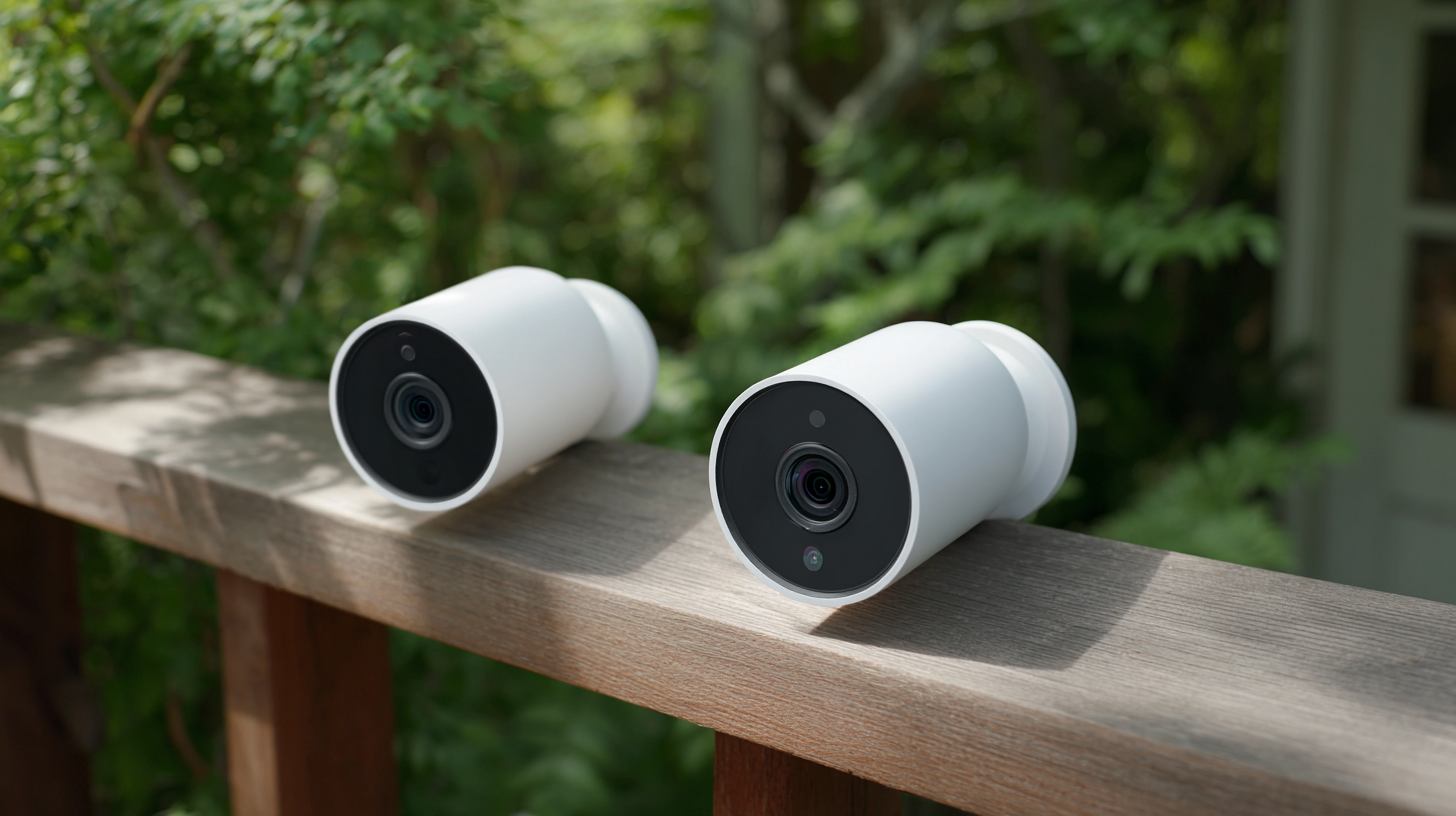 Arlo, for instance, is renowned for its high-definition video quality and advanced motion detection technology, making it suitable for users who prioritize sharp visuals and real-time alerts.
Arlo, for instance, is renowned for its high-definition video quality and advanced motion detection technology, making it suitable for users who prioritize sharp visuals and real-time alerts.
On the other hand, Ring cameras are well-regarded for their integration with existing home security systems and user-friendly app interface, which is perfect for those who want seamless connectivity and ease of use. Reolink stands out with its more affordable yet feature-rich options, providing great value without sacrificing important functionalities like two-way audio and night vision. By evaluating these brands and their specific models, homeowners can make an informed choice that aligns with their security requirements and budget.
When choosing solar wireless cameras for home security, installation plays a critical role in ensuring optimal performance. According to a report from the Security Industry Association, proper positioning of outdoor cameras can increase detection rates by up to 50%. It is essential to install these cameras in areas that receive ample sunlight throughout the day to maximize their solar charging capabilities. Aim for locations where the camera lens has an unobstructed view of potential entry points like doors and windows, while also avoiding direct sunlight glare that can impair image quality.

Additionally, consider the angle and height of installation. Experts recommend mounting cameras at least 9 feet off the ground to deter vandalism and provide a wider field of view. Research indicates that a 70-degree viewing angle is ideal for covering more surface area while maintaining image clarity, making it easier for homeowners to monitor their properties effectively. Finally, ensure that your cameras are connected to a reliable wireless network to maintain consistent video streaming and notifications. A survey by the Consumer Technology Association showed that 78% of homeowners favor cameras that deliver high-definition video without lag, underscoring the importance of both installation and connectivity in technology-driven security systems.
